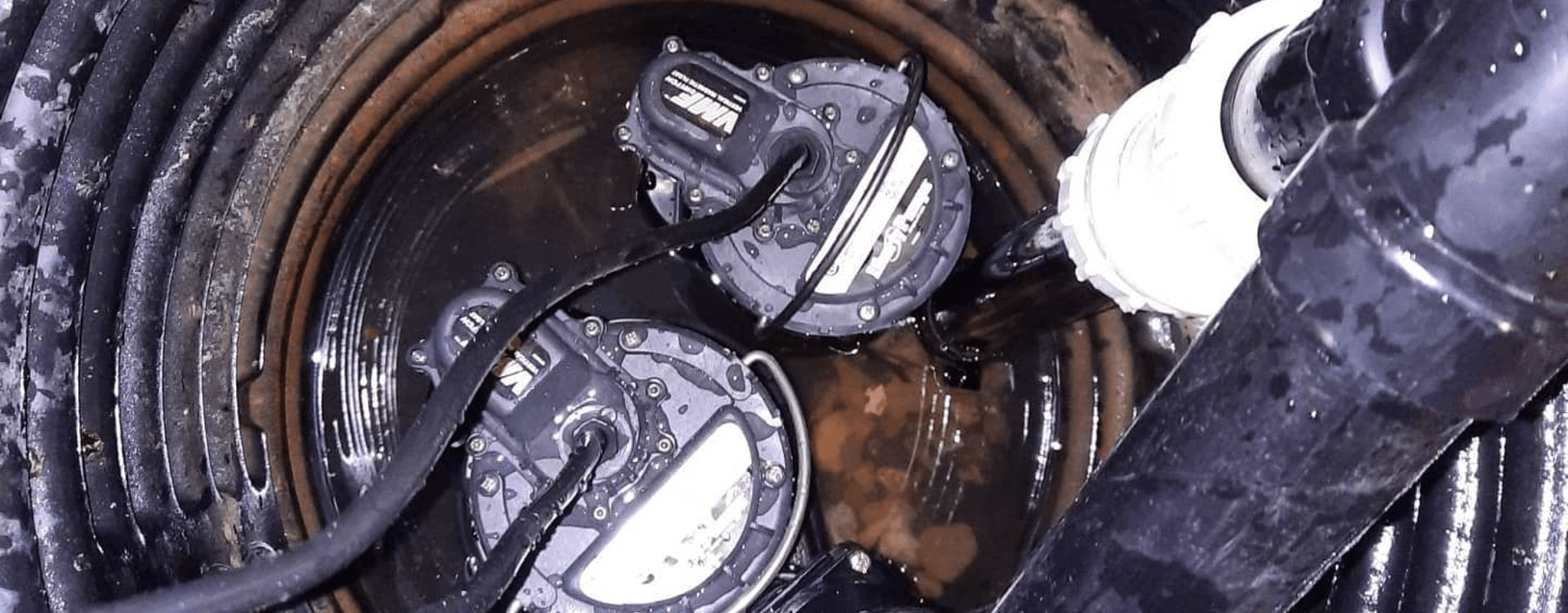Winter Power Outages and Why Every Home Needs a Backup Generator
Winter in Canada may be beautiful, but the combination of deep freezes, heavy snowfall, and sudden storms can turn inconvenient very quickly—especially when the power goes out! A winter outage can impact your...
READ ARTICLETips for Saving Money on Home Repairs
Owning a home is rewarding, but let’s be honest—repairs always seem to pop up at the worst times. A slow drip turns into a leak, a flickering light becomes a full-blown electrical issue,...
READ ARTICLE8 Tips to Avoid Frozen Pipes This Winter
As winter's chill sets in across Canada, plummeting temperatures pose a significant threat to your home's plumbing system. The water coursing through your pipes can freeze, and since water expands upon freezing, your...
READ ARTICLEDIY Electrical Repairs: What You Should Never Attempt
While DIY projects can be rewarding, electrical repairs are often best left to the professionals. Learn about the risky electrical repairs you should avoid and why hiring a licensed electrician is crucial for...
READ ARTICLEMain Drain Backups: Tips and Tricks from Experts
Dealing with main drain backups is a nightmare for many homeowners. A clogged main drain can lead to significant water damage, unsanitary conditions, and a massive headache. Luckily, with the right knowledge and...
READ ARTICLEThe Benefits of Regular Main Drain Cleaning
Keeping your drains clean might not be the first thing on your home maintenance checklist—but it should be. Regular main drain cleaning plays a big role in preventing clogs, foul smells, and costly...
READ ARTICLEShould I Install a Generlink Device to my Electrical System?
Power outages happen. Storms, grid maintenance, or unexpected faults can take your electricity off when you least expect it. When the lights go out, how do you keep your essentials running safely? That’s...
READ ARTICLE10 Tips for Preventing Electrical Fires Every Homeowner Should Know
Electrical fires are one of the most dangerous types of household fires—they happen fast and can cause serious damage. Most often, they’re caused by things like outdated wiring, overloaded outlets, or misused appliances....
READ ARTICLEWhat Is Biomat Buildup? A Hidden Septic Issue Homeowners Need to Know
When homeowners notice slow drains, unusual smells, or soggy patches in the yard, the first thought is usually a clogged pipe or a full septic tank. But sometimes, the real issue is lurking...
READ ARTICLEInstalling a Hot Tub or Pool with a Septic Tank: What You Need to Know
Thinking about installing a hot tub or pool with a septic tank on your property? It’s a great way to upgrade your backyard, but before you break ground, it’s important to plan carefully....
READ ARTICLE


